Do you wish you could spot a nebula or star cluster but don't know where to start? Observing these faint deep-sky objects is not as tricky as you may think. You can view them from the comfort of your garden or local dark-sky site and you needn’t spend a fortune on the latest equipment.
A deep-sky object is an astronomical object that is outside our Solar System and includes galaxies, nebulae and clusters.
Once you know Orion from Andromeda you will find that deep-sky targets are not as elusive as you first thought.
It’s worth buying a good observing book or star map, or downloading a stargazing app to help guide you around the sky.
Starting from scratch? Read our guide to astronomy for beginners
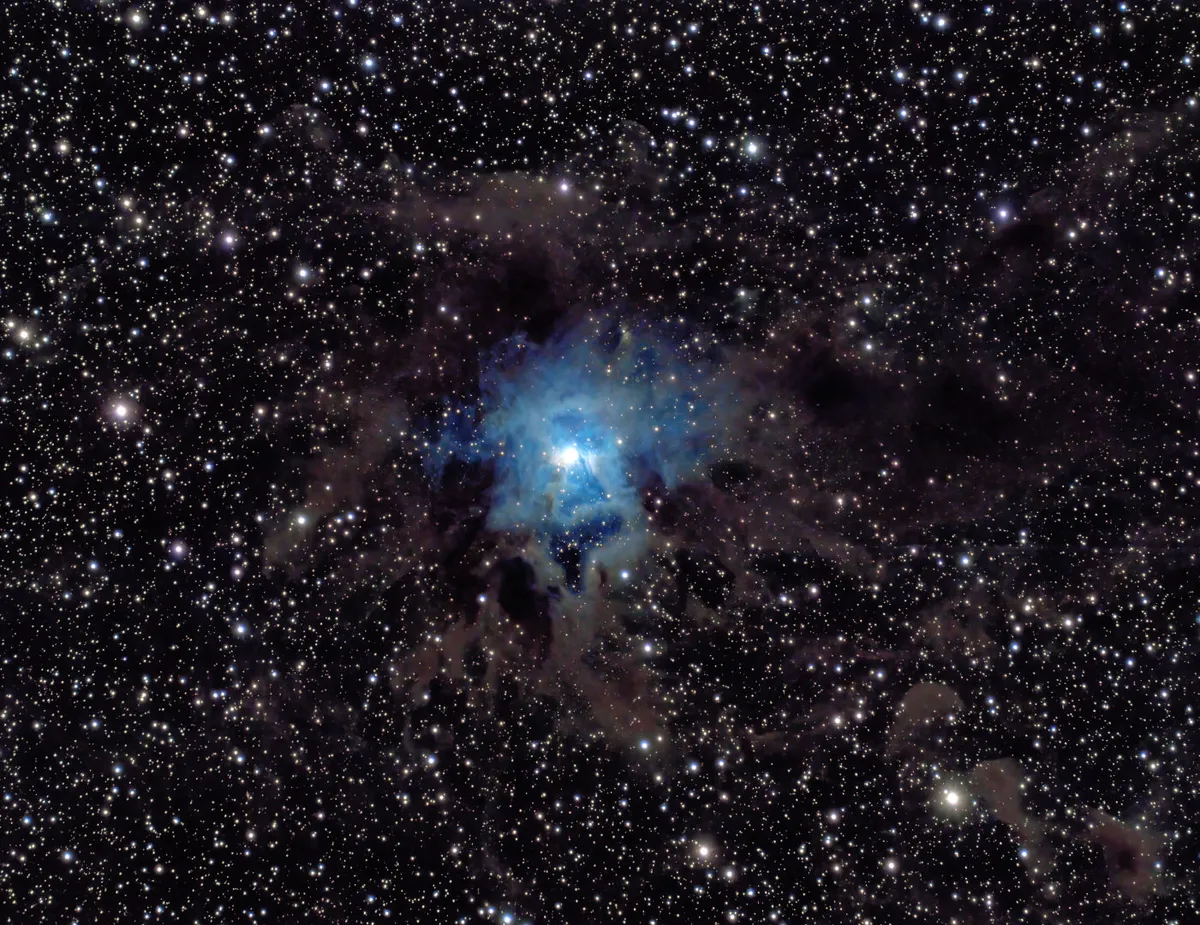
You can locate objects by ‘star-hopping’ from nearby obvious features, so getting to know the constellations will help.
- Try our astronomy 'field of view' calculator
- A guide to CMOS deep-sky astrophotography
- Patrick Moore's top 10 winter astronomy sights
Consider joining a group on social media to ask for advice or get involved with a local astronomical society.
These societies often have observing sessions that you can join in, even if you don’t have your own equipment.
Astronomers love sharing their knowledge and practical hints and tips for getting the best from the night sky, no matter your ability or observing preference.
The most limiting factor in your quest to see the deep sky is probably light pollution, the thorn in every astronomer’s side.
The darker the sky, the fainter the objects you’ll be able to see, so try to get to a dark-sky site if you can.
But remember, not all light pollution is man-made.
The full Moon can easily drown out even the brightest of deep-sky objects so take the lunar cycle into consideration when you are planning an observing session.
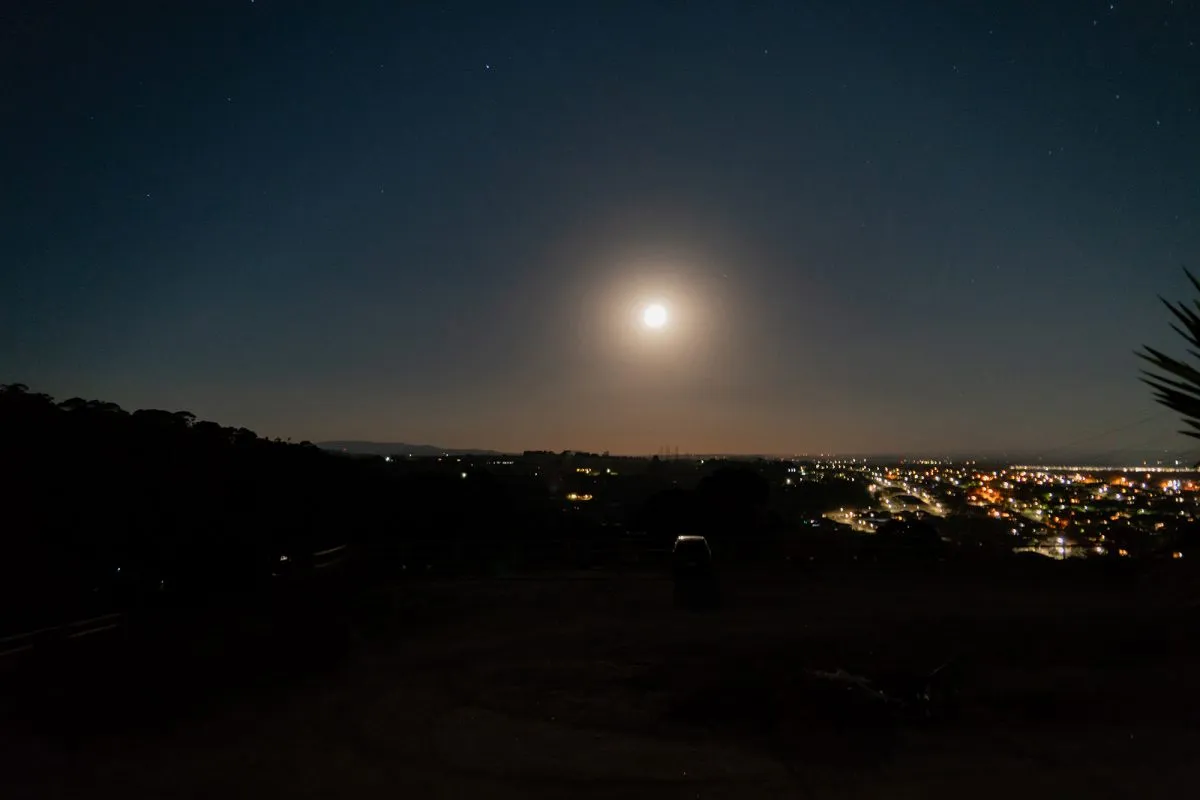
You’ll also have to consider the time of year.
Earth’s rotation and annual trip around the Sun will mean that what you observed in the winter months may not be visible during the summer.
For example, the Orion Nebula will only be visible to us in the Northern Hemisphere from November to February.
On observing night, give your eyes time to adjust to the dark.
Make sure you have a red torch so you can use a star chart or locate any equipment you have taken with you while preserving your night vision.
- How to turn your iPhone screen red for astronomy
- How to sharpen your eyesight for astronomy
- How to stargaze with binoculars
To get the best out of viewing faint objects use a technique called averted vision, where you don’t look directly at the object and instead use the periphery of the eye’s retina, which is more sensitive to dim light.
Remember that the image you’ll see, even in a telescope, won’t look like the glossy images in books and magazines.
These are created using long exposures and extensive post processing.
With your eyes they will appear as faint, fuzzy or foggy shapes against the night sky.
Don’t be put off; the thrill of finding a distant nebula or star cluster – located thousands of lightyears away – with your own eyes is genuinely exciting and will leave a lasting impression.
You can help preserve those memories by recording your observations in a logbook or by making a sketch.
Using your eyes to view deep-sky objects
This may sound impossible but it’s not. Your observing options will be limited and you may have to drive somewhere dark, but it’s achievable.
The brighter the object and the darker the sky the better the object will look.
The Andromeda Galaxy (or M31, its catalogue number) and open star cluster, the Pleiades, M45, are the most observed deep-sky objects with the naked eye.
The former is best observed away from light pollution, but the Pleiades can be observed even in towns; you should be able to see a fuzzy patch with six to eight bright stars.
Other targets include the Beehive Cluster (M44) and the Hyades.
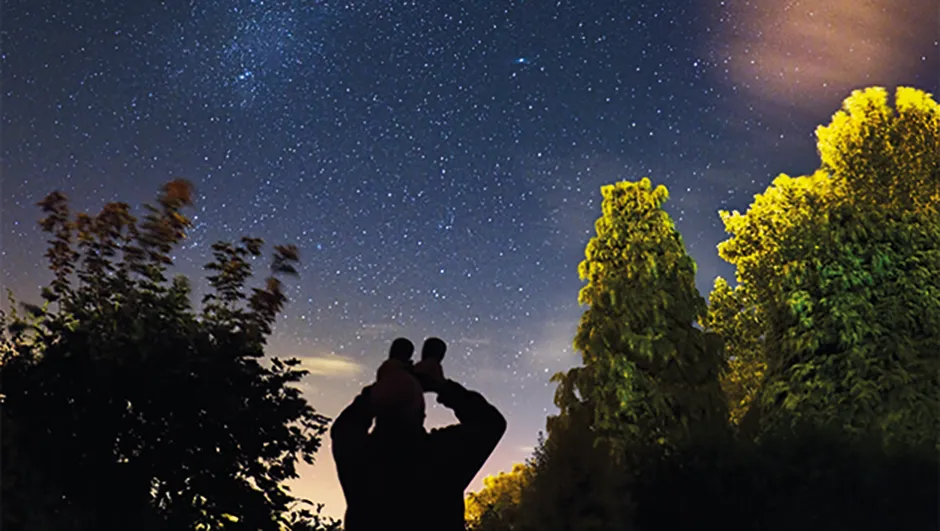
Using binoculars to view deep-sky objects
Binoculars are cheap, so make a good starting point before taking the plunge with a scope, but they also broaden the list of what you can see.
Locating deep-sky objects with binoculars will be easier than trying to initially find them with a telescope since they have a wider field of view.
Targets like the Pleiades, Melotte 111, Melotte 186, and the Hydra’s Head are far more suited to binoculars than telescopes.
Looking through binoculars will transform the Pleiades.
Even small, compact 10x30 binoculars will bring the fainter stars into focus and the star count will increase greatly.
Bode’s Galaxy, M81, is a popular target for binocular users. You can also catch the Cigar Galaxy, M82, just to its north.
These galaxies are best viewed through bigger binoculars such as 15x70s and above, but the larger the binocular lens, the heavier they will be and may require a tripod.
Using a telescope to view deep-sky objects
For many deep-sky objects you will need a scope at least 6 inches in diameter to see more than a faint blur. But don’t let that put you off.
Despite the limitations of deep-sky viewing without high-tech equipment, you will not be disappointed when it comes to choosing and observing one of the hundreds of objects out there.
Watching satellites and meteors glide by while you are searching for objects to tick off your list is always a treat.
If you are in a dark-sky spot then gaze up at the Milky Way; viewing a snippet of our home Galaxy is a remarkable thing!
Six deep-sky sights for visual observing
With the entire Universe in front of you, one of the biggest dilemmas of any observing session is deciding what to look at, so here’s our top selection of deep-sky objects you can see visually.
1
The Pleiades, M45
A fantastic open star cluster, easily found in the night sky. Commonly known as the Seven Sisters, this sparkling cluster contains hot blue stars formed within the last 100 million years.

Where Located within the constellation of Taurus, star hop from Orion to locate the red star Aldebaran. Further on from Aldebaran, your eyes will fall upon this fuzzy cluster of stars.
When November to February
How to observe Naked eye or binoculars
DifficultyEasy
2
Orion Nebula, M42
A gigantic stellar nursery 1,500 lightyears from Earth, composed of dust and gas. At its centre lies the Orion Trapezium, four stars shaping the Nebula.
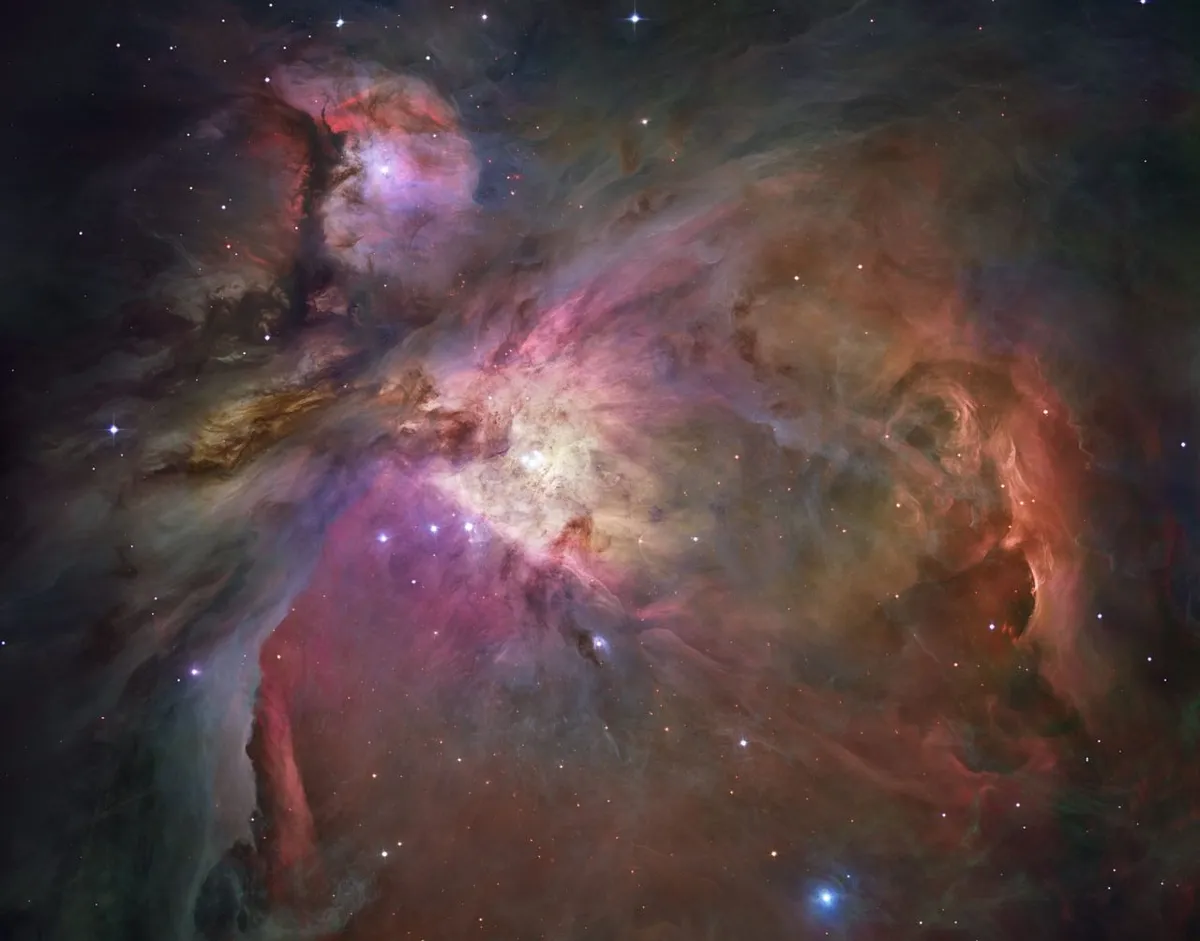
Where The constellation of Orion, below Orion’s Belt. This is one of the most prominent constellations in the winter sky. The Nebula can be found within the Sword of Orion.
When January
How to observe Naked eye, binocularsor telescope
DifficultyEasy
3
The Great Globular Cluster, M13
Comprised of hundreds of thousands of stars that are tightly bound by gravity and orbiting a galactic core. Billions of years old, M13 is almost as old as the Universe.
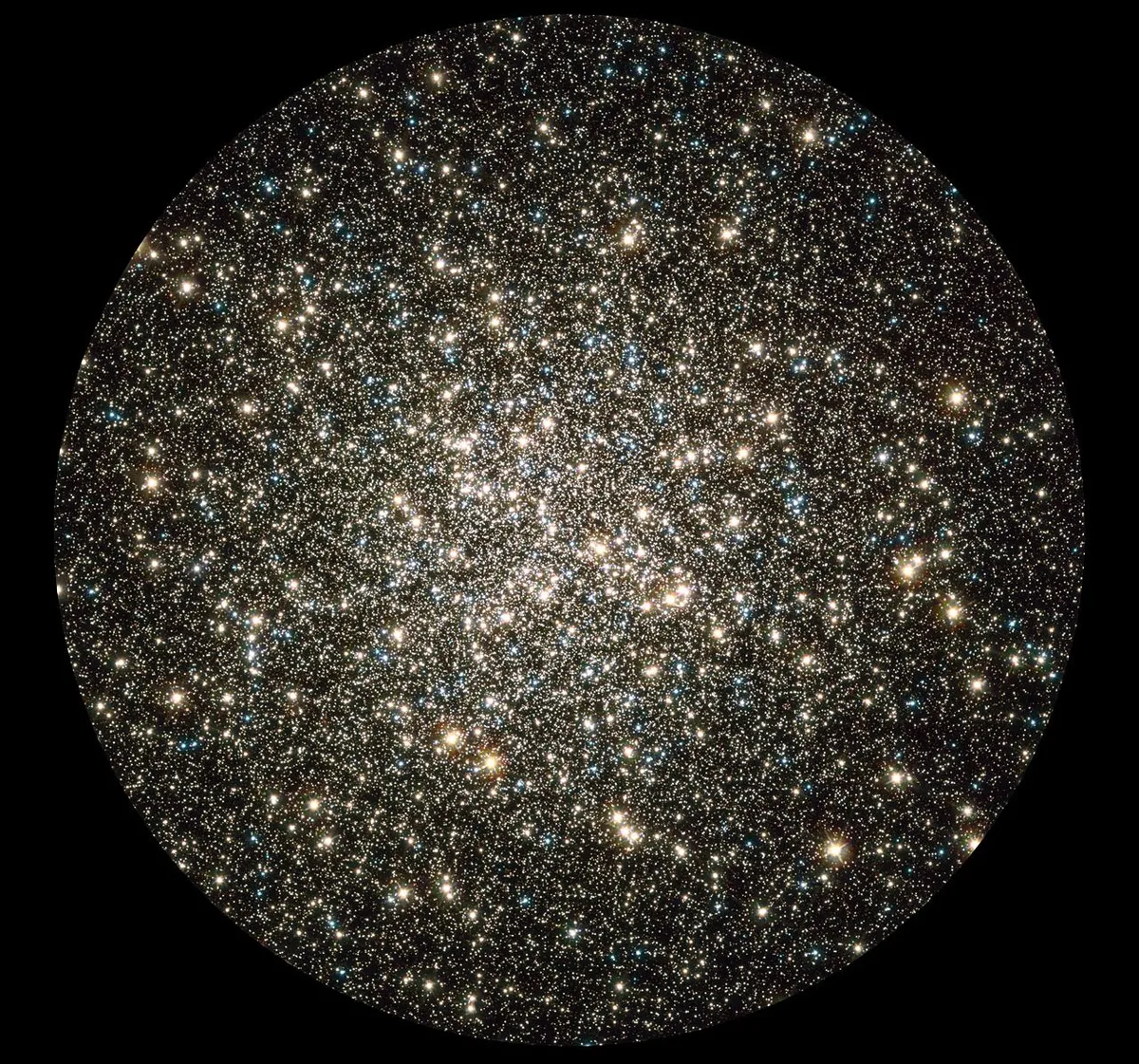
Where The constellation of Hercules. Forming the body of Hercules are four fairly bright stars called the Keystone of Hercules. M13 sits between the top and bottom right-hand stars.
When May to July
How to observe Binoculars or telescope
DifficultyModerate to difficult
4
Andromeda Galaxy, M31
A beautiful spiral galaxy located 2.5 million lightyears from Earth. It is the closest galaxy to our own, the Milky Way and 220,000 lightyears in diameter, containing a black hole at its centre.
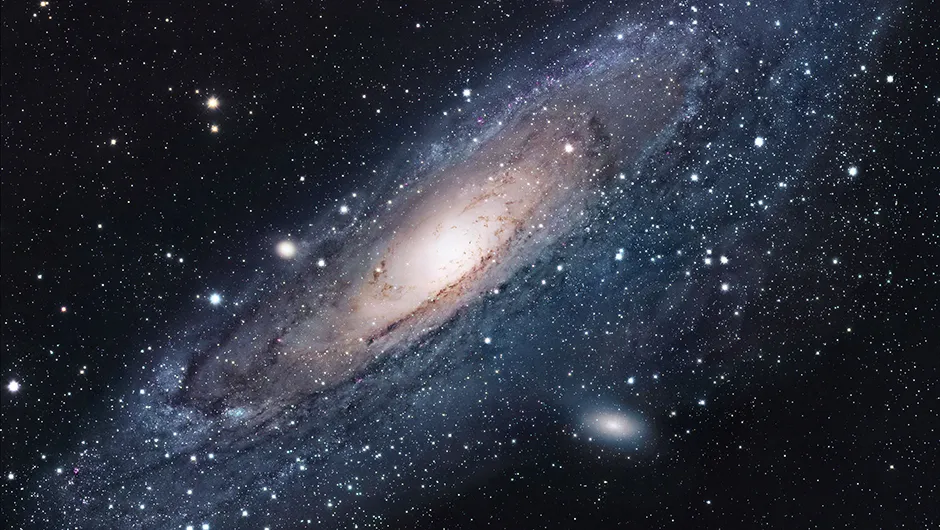
Where Located within the constellation of Andromeda. Star hop to it using Cassiopeia. It looks like a faint, oval fuzzy star to the naked eye.
When November
How to observe Naked eye, binoculars or telescope
DifficultyEasy to moderate
5
Bodes Galaxy, M81
This large, bright galaxy is a popular pit stop for amateurs. Composed of interstellar dust, its spiral arms are associated with star-forming regions. Nearby the Cigar Galaxy, M82, is busy producing new stars at a very high rate.
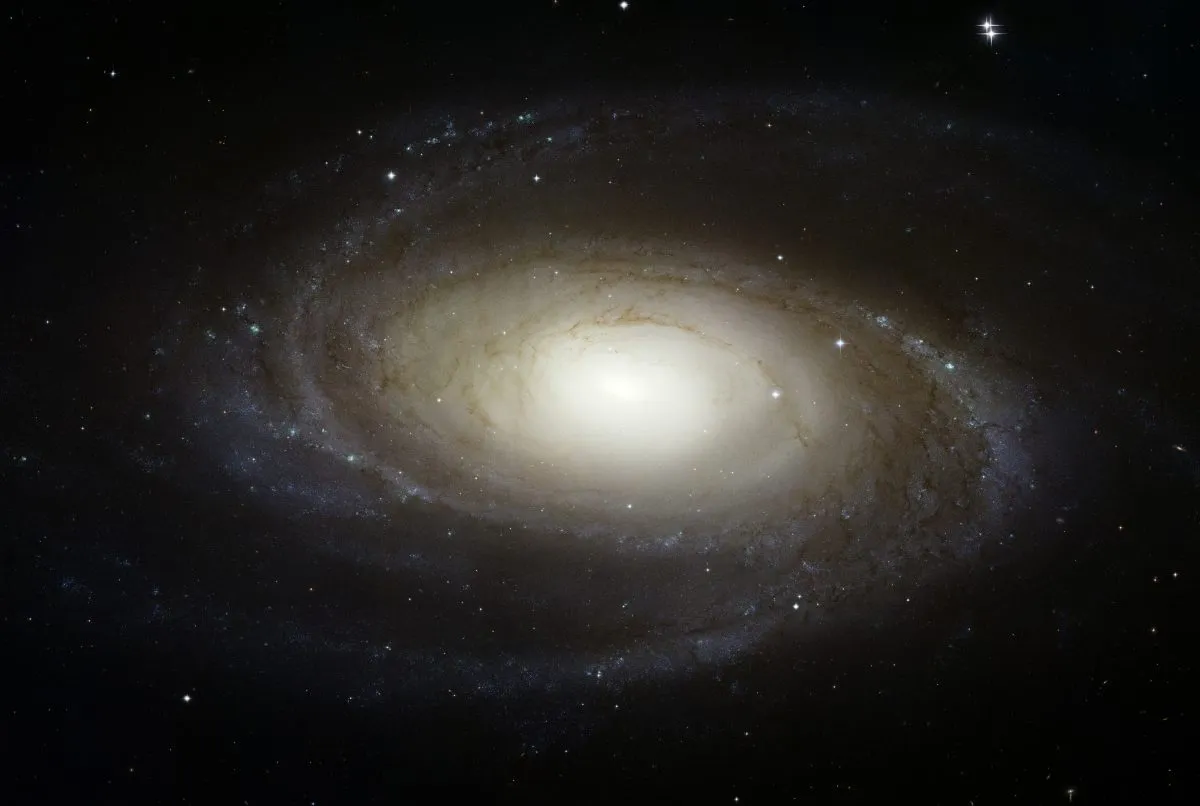
Where Near the Big Dipper, an asterism in the constellation of Ursa Major. Draw a short imaginary diagonal line up from its right-hand star to find M81.
When March to May
How to observe Binoculars or telescope
DifficultyModerate
The Dumbbell Nebula, M27
M27 is a planetary nebula located around 1,200 lightyears away. Despite the name, the nebula has nothing to do with planets and was instead created by a dying star throwing off its outer layers.
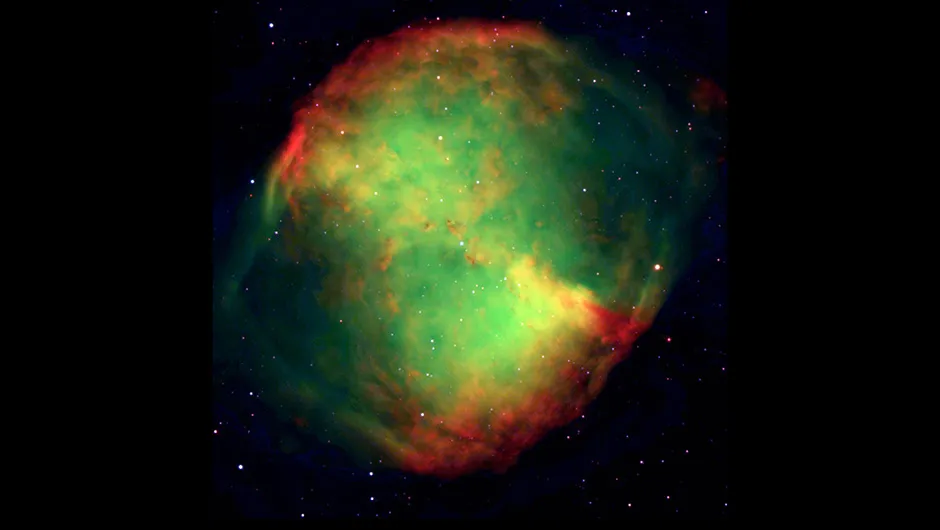
Where From Albireo at the beak end of Cygnus, The Swan, draw a line through mag. +4.58 star 13 Vulpeculae and extend it by a quarter as much again to find the Dumbbell Nebula.
When June to October
How to observe Binoculars or telescope
DifficultyEasy to moderate
